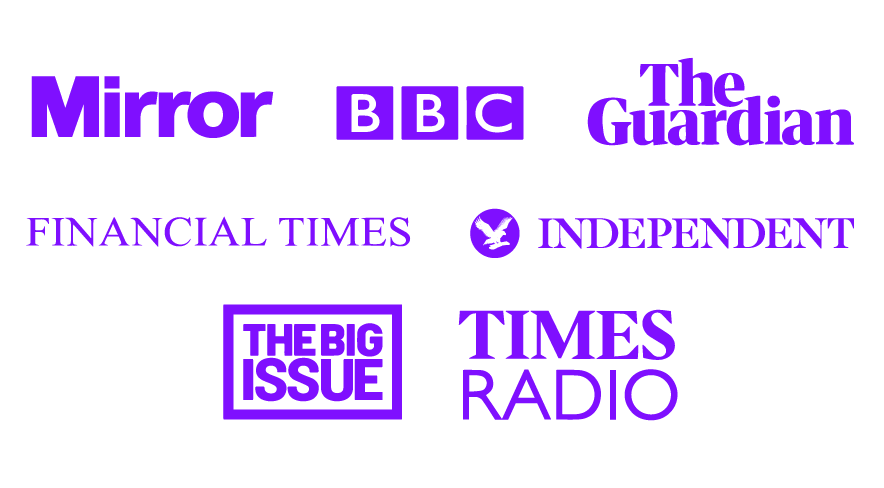I’ve seen this sentiment across social media: we’re not working from home right now, instead we’re at home during a pandemic trying to work. The saying articulates the position people find themselves in, as personal and professional life ebbs into one another. In many ways this mingling of the ‘personal’ and the ‘professional’ is not a new conundrum for qualitative researchers, and in particular for participatory research. Research of this nature is already highly personal for those involved in it. Nevertheless, a global pandemic throws up an entirely new context to navigate these blurred boundaries. I want to use this blog to reflect on The Commission on Social Security, led by Experts by Experience, a participatory research project that has pivoted to working totally remotely.
The Commission is an ongoing participatory research project to which I am research analyst. Commissioners (who are anonymous unless they choose otherwise) make up a panel of people with personal experience of the social security benefit system. Based in London, Commissioners have been working together for over a year, initiating a nationwide consultation and engagement process to build towards producing a ‘white paper’ style document on the future of social security. The Commission is based on a participatory ethic: it is the Commissioners who are the decision makers, supported by a three-person academic secretariat. Before the crisis, regular in person meetings were the key cornerstone of the Commission, at which key decisions were made about the next steps in the process and the form that the Commissioners investigations and ultimately proposals should take.
As lockdown started, the Commission was reaching the final stages of decision making on the contents of its Green Paper, an expression of its proposals for the future of the social security that it would then consult on. After an initial pause in activity, it was decided that the Commission would start again in a remote form. The basic structure of the Commission has been to meet regularly using Zoom conferencing software (which allows people to call in from telephones as well as computers), scaffolded by communication over email, and direct lines of communication over email and the phone between Commissioners and the secretariat. The aim has been to keep the familiar structure of the Commission intact, and to keep it simple in terms of modes of communication: now did not seem like the time to try out flashy software. It has been a learning process for all involved, and in some ways it is hard to draw out reflections while we are still in the middle of this new way of working. From my role and perspective within the Commission, I wanted to share a couple of initial impressions, which may resonate with other researchers facing similar challenges:
Meetings at a distance
Of course, it took a lot of effort to set up the in-person meetings, and effort on the part of everyone to travel to meet together in London. But once there, it was clear why it was so good to be sat in one room working face to face. The Commission meetings now happen over Zoom. The efforts to set up the technology have been challenging. Commissioners worked together to ensure that anyone who is new or less confident with the technology can have a run through before a meeting. Some had experience of joining meetings remotely before while others did not. Nevertheless, internet connection and technology do not always do what you want them too. In meetings people’s faces have frozen or their audio cut out while they are trying to make a point. Some participants dial in using audio only, creating a mixture of faces and blank squares on the screen. It is at once amazing how the structure of the Commission has moved quickly online, while we also feel the gap between our pixilated screens and the people we know are sitting at the other end of the call.
Inclusivity
Commissioners had always placed a heavy emphasis on inclusivity throughout the life of the Commission. Inclusive ways of working should not be thought of as adds on, but instead be integrated into ways of working. Examples of this include the diversity of personal experiences and backgrounds consciously represented among Commissioners; that Commissioners have produced the outputs from the Commission in easy read as default; and that in previous face to face meetings Commissioners would sometimes join via a video link if their health condition or disability prevented them from travelling that day. There are now a new layer of inclusivity issues to do with access to and use of technology and processing and responding to Commission documents remotely. Underpinning this is the uneven way in which the crisis is affecting us all. Varying personal circumstances, be they to do with health, family, finances, or work, have affected different members of the Commission in different ways. Inclusivity in this current context means both proactively and reactively facilitating access in various senses of the word, but also more than ever being prepared to work flexibly as other circumstances are in flux for many.
Concluding thoughts
It has been a challenging process to transition the Commission on Social Security to a remote version. It strikes me as having been possible because of the ongoing belief among Commissioners in the value of what they are working towards and what they are producing, and sustained by the personal relationships and commitment that was formed prior to the crisis.
I’ll end by saying key to the reflections I describe is that this is an instance of a project transitioning to an online setting. Given the ways of working of the Commission, it made sense to preserve these structures and move them to new forums. Although I do not think the Commission’s experience offers a clear template for new projects in this socially distanced context, I look forward to reading other blogs in this series that reflect explicitly on this.


